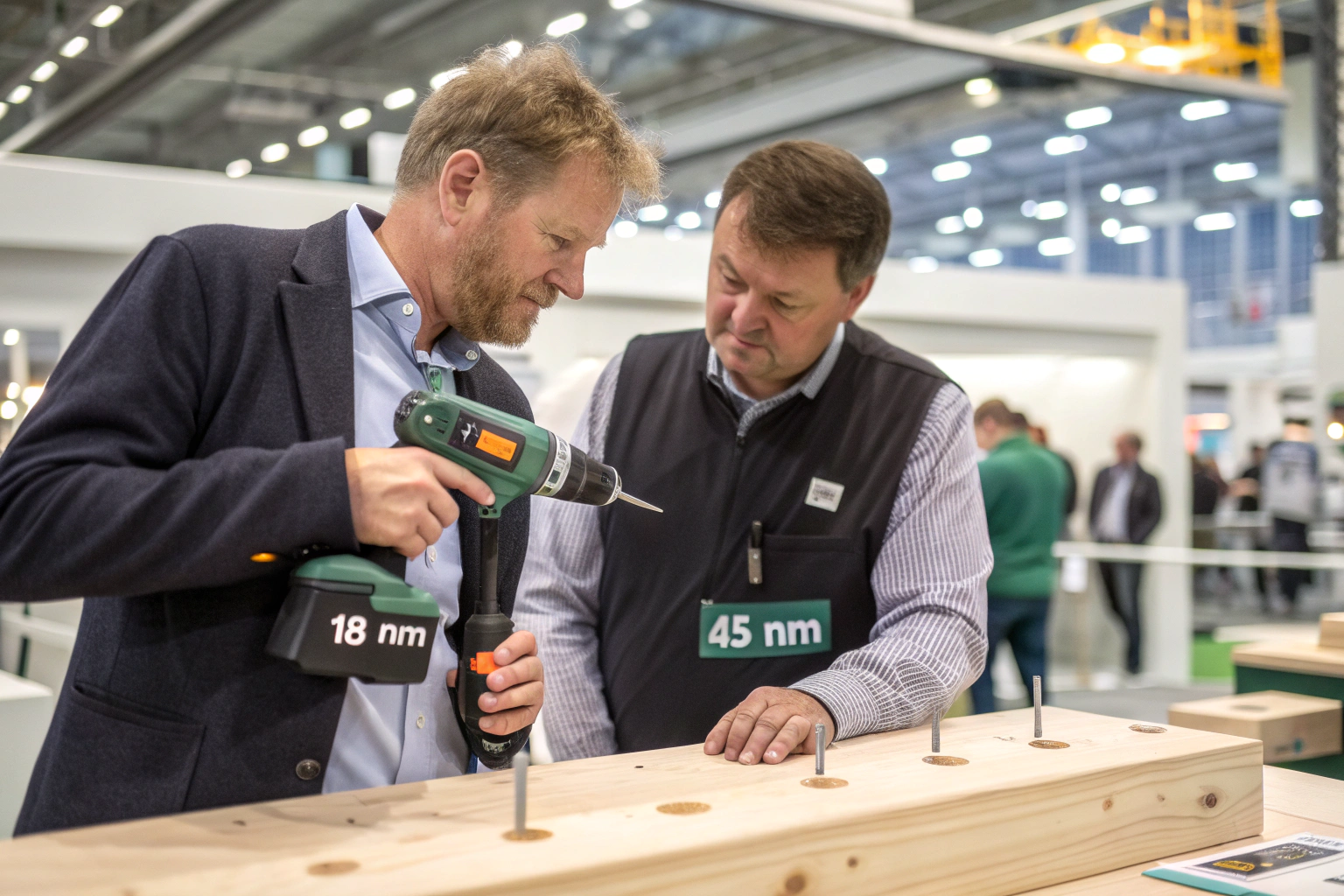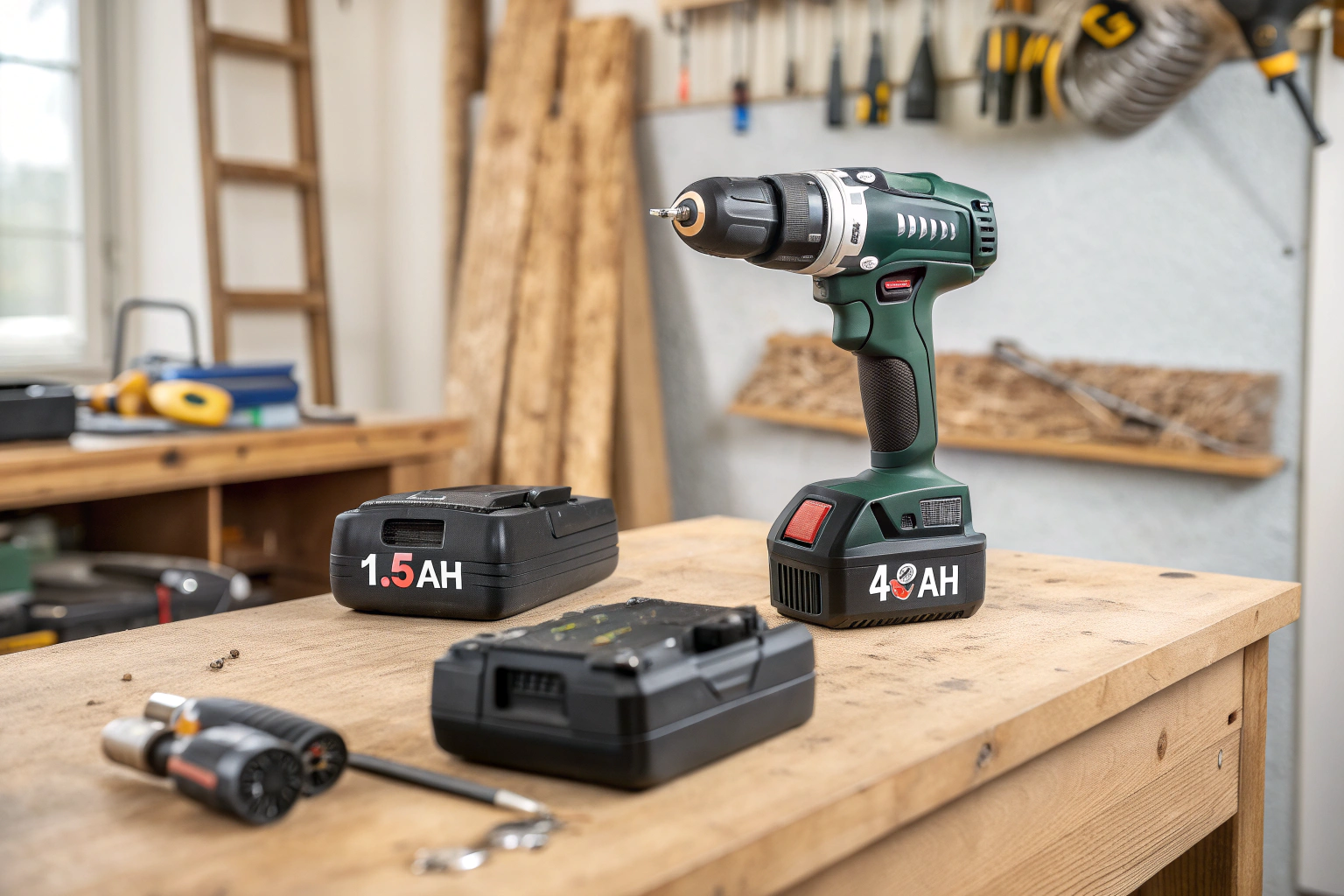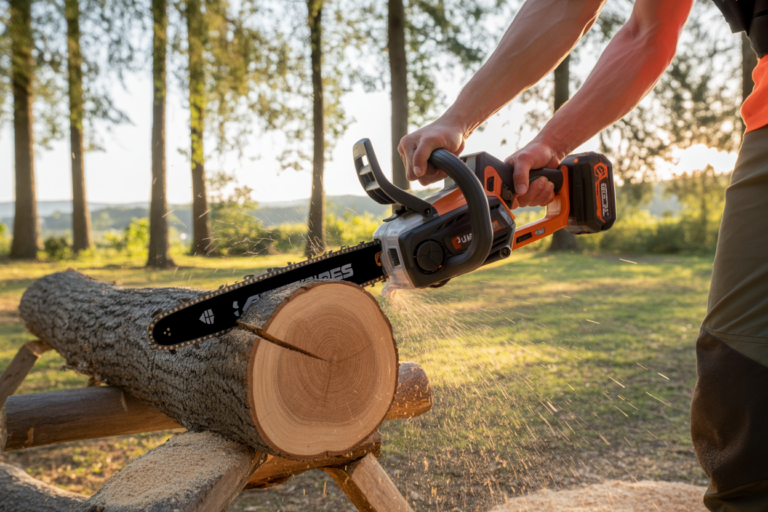
My clients say picking a cordless drill feels like choosing a dance partner—too light and it can’t lead, too heavy and you’ll step on toes. Let’s find the sweet spot together.
To choose the right cordless drill, match torque to material, pick a balanced voltage, verify real certifications, and test grip comfort with gloves on—these four steps prevent most buyer mistakes.
Stick with me for five minutes and you’ll save hours of trial-and-error—and a few Euros—when you place that next bulk order. I’ll share the quick field checks I use before any YOUWE shipment leaves China.
How to pick the right cordless drill?
I always start with the job. A kitchen installer, a HVAC tech, and a steel-frame crew boss do not need the same drill. Clear task list, clear spec.
List your top three tasks; choose torque ~15–30 Nm for light DIY, ≥40 Nm for hardwood & metal fasteners, ≥60 Nm plus hammer mode for masonry. That simple filter covers 90% of real use cases.

When Deivis and I first met at the Bologna fair, he said, “Robert, my guys strip screws all day.” We opened two demo drills—18 Nm vs 45 Nm—and drove 100 screws into oak. The higher‑torque unit finished faster and with fewer cam‑outs. Labor in Italy isn’t cheap; torque that prevents rework often pays for itself in one project.
Quick Field Checklist
- Clutch Steps: More positions = finer control in softwood & composites.
- Sustained Torque Rating: Ask for continuous value, not advertisement peak.
- Gearbox Build: Metal gears for pro duty; plastic is fine for light kits.
- Chuck Runout: Spin-test against a marked plate; wobble wastes bits.
How many volts is a good cordless drill?
Voltage is “push.” More volts, more potential power—but also more battery weight. Your wrists and ladder work will tell you when enough is enough.
Most pro users live in the 18–21V range: strong, versatile, still manageable. Choose 12V for light assembly; reserve >21V only for heavy drilling or specialty trades.
Voltage alone doesn’t give runtime. Amp‑hours (Ah), cell chemistry, and motor efficiency close the triangle. I once swapped a 1.5Ah pack for a 4Ah pack on our 21V driver; runtime nearly tripled, but the installer cursing overhead weight asked for the smaller pack back. Lesson: match pack size to job cycle.
| Voltage Band | Typical Use Case | Avg Weight w/2Ah Pack* | My Field Note |
|---|---|---|---|
| 12V | Light DIY, cabinet hinges | ~0.9 kg | Tight spaces, low fatigue |
| 18–21V | General building, light masonry | ~1.3 kg | “One-pack” solution for mixed crews |
| 36V+ | Heavy anchors, large bits | ~1.8 kg | Only spec if you must |
*Approximate combined tool + pack weights; confirm with supplier cut sheets.
What is the difference between an 18V drill and a 20V drill?
Most of the time, there is no real performance difference. Both usually use the same 5‑cell lithium battery pack; the number printed on the label depends on how the voltage is measured.
“18V” = nominal working voltage (about 3.6V per cell ×5). “20V max” = fully charged peak (about 4.0V per cell ×5). Same pack, different math—judge the tool by current delivery, Ah, and electronics, not the sticker.
When I first started exporting drills, buyers would ask, “Robert, are your 20V tools1 stronger than your 18V?” I’d smile, pop the packs apart, and show the same series string of 5 cells. Marketing teams in some regions (especially North America) prefer the bigger number; European catalogs often stay with 18V nominal. In real work, what matters is voltage under load2—how far the pack sags when the motor pulls amps—and whether the control board protects cells3 without choking power.
What REALLY Matters
- Amp‑hours (Ah): Runtime. Bigger isn’t always better; weight counts.
- Cell Grade: High‑drain cells hold voltage better under heavy loads.
- BMS & MOSFET Quality: Controls heat, cut‑off, and surge current.
- Motor + Gearbox Efficiency: Converts battery energy into torque.
| Label On Box | What It Means | Same As? | Buyer Action |
|---|---|---|---|
| 18V (nominal) | Avg working voltage | 20V max pack | Compare Ah, not just V |
| 20V MAX | Peak right off charger | 18V nominal | Ask for load curve |
| 21V (marketing) | Often rounding or different cell spec | Check data | Confirm cell count |
If you rebrand in Italy, choose the label your market recognizes. Just keep documents aligned: CE/UKCA test reports, UN38.3 transport, and datasheets must match the voltage description you print. Mixing labels confuses customs and warranty claims.
Which has more torque, a corded or cordless drill?
Corded still wins in raw, endless power—plug and pull. But cordless has closed most of the gap for daily field work.
Typical corded pro drills deliver 80–100Nm continuous; quality 21V brushless cordless models now reach 70–80Nm peak and hold enough torque for 90% of site tasks without a cord.
If you drill steel beams all day on a fixed bench, stay corded. But most crews move—scaffolds, rooftops, kitchens. Cutting the cord cuts trip hazards and setup time. Last spring we updated the brushless motor4 in our YOUWE 21V platform; torque jumped ~15% and efficiency rose, so teams changed batteries less often. One Italian distributor ran side‑by‑side tests in mild steel: corded finished the row slightly faster, yet cordless cut total job time5 because workers weren’t dragging extension leads.
Try This Comparison
- Clamp identical 10mm HSS bits.
- Use a torque meter or calibrated stall block.
- Measure peak, then count holes drilled per minute in mild steel and in pine.
- Track fatigue—ask workers after 30 minutes.
Conclusion
Choose drills like chefs choose knives: fit the task, feel good in hand, and hold an edge. When specs match real work, every order you place with YOUWE Power Tools Manufacturer ships with confidence across the ocean.
-
Explore this link to understand how 20V tools perform under load and their real-world advantages over 18V tools. ↩
-
Understanding voltage under load is crucial for evaluating tool performance and ensuring you choose the right equipment for your needs. ↩
-
Exploring how control boards protect cells can help you understand the technology behind tool safety and efficiency. ↩
-
Explore this link to understand how brushless motors enhance efficiency and performance in power tools. ↩
-
Discover insights on how cordless tools can streamline workflows and improve productivity on job sites. ↩







